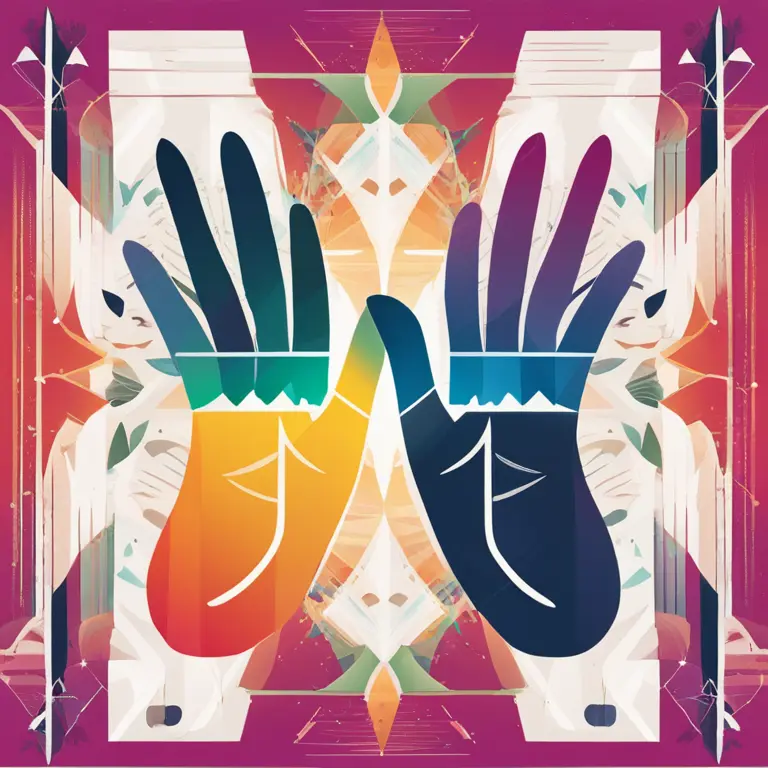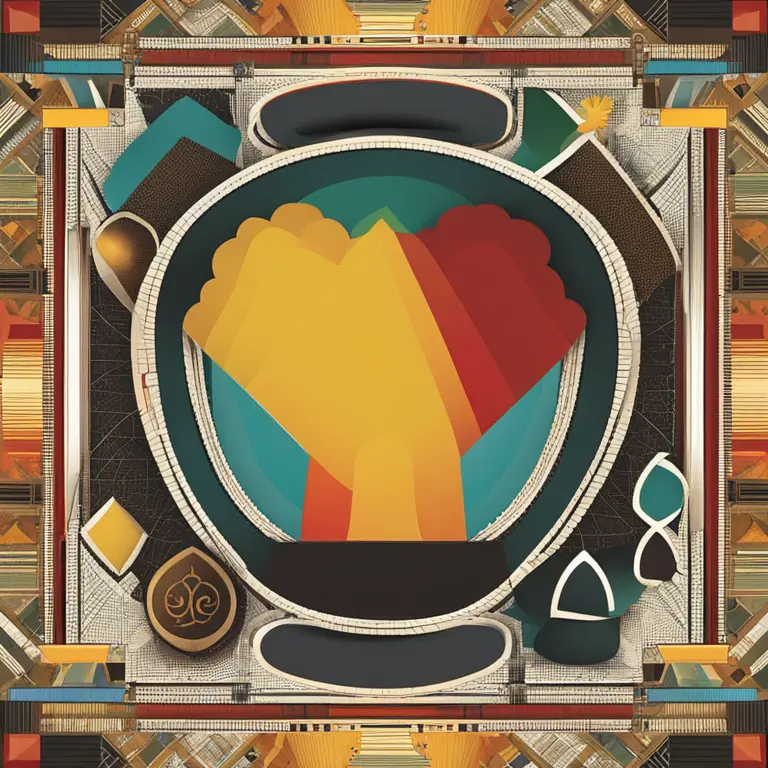
Which Palm to Read: Insights on Palmistry Practices
Delve into the world of palmistry: learn about the significance of the right and left hand in readings, and which palm is best for revealing your character and future.
article by Nora Pennington
Introduction to Palm Reading
Palmistry, or chiromancy, is an ancient practice of fortune-telling through the study of the palm. It has been used for centuries to glean insights into an individual's personality and predict future events. Common in many cultural traditions, palmistry considers various aspects of the hand, from lines and mounts to finger shapes and skin texture. But one of the most common questions from those starting to explore this realm is quite simple: Which palm should you read? This article will unravel the traditional views and present guidelines on selecting the appropriate palm for your reading.

Right Hand vs. Left Hand
In palmistry, each hand is said to carry its unique significance. The left hand is traditionally associated with inherited characteristics and potential, often linked to an individual's personal and private life. It's thought to reflect the natural disposition and latent talents. Conversely, the right hand is often considered the active hand, representing the conscious mind, current life path, and external experiences. It's seen as the manifestation of your decisions and actions, with its features shaped through life's events.

The Dominant Hand's Role
Beyond traditional left and right interpretations, the dominant hand, the one you write with, plays a pivotal role in readings. For the majority, the dominant hand provides the most up-to-the-minute information about an individual's life. It reflects the present situation, including achievements, experiences, and the impacts of one's choices. On the other hand, the non-dominant hand is thought to represent potential and qualities yet fully realized or expressed. It offers a grounded foundation from which changes in the dominant hand can be measured.

Reading Both Palms for a Complete Picture
Professional palmists often suggest that a comprehensive reading should involve both hands. Starting with the non-dominant hand can set the stage by highlighting inherent qualities and predispositions. Following up with the dominant hand allows for a narrative to develop, showcasing how life's journey has sculpted and reshaped those latent attributes. Reading both hands in tandem can provide a holistic view: a blend of what one is born with and what one makes of life's opportunities and challenges.

Gender-Specific Traditions
Some schools of palmistry observe gender-specific traditions when it comes to hand reading. For instance, some practitioners prescribe that a woman's left hand and a man's right should be the primary focus for an accurate reading. However, these conventions are falling out of favor in contemporary practices, with preference given to the individual's dominant hand or reading both hands for a balanced perspective, regardless of gender.
Time-Specific Readings
Certain situations might call for an analysis of one hand over the other. For example, when seeking guidance on future endeavors or decisions, one might focus on the dominant hand to assess current influences and the trajectory based upon recent choices. In contrast, when engaging in self-discovery or understanding core behaviors and aptitudes, delving into the non-dominant hand could be more revealing.
Concluding Advice
In conclusion, whether you're a seasoned palm reader or a curious novice, the choice of which palm to read can influence the insights you gain. It's generally accepted that for an encompassing overview, both palms should be considered. However, for specific enquiries or stages of life, favoring the dominant or non-dominant hand might prove more enlightening. Above all, the practice of palmistry is a personal and interpretative art; the guidance offered should be adapted to suit the unique journey of every individual seeking knowledge.
Published: 1/11/2024
Modified: 1/12/2024
More predictions
Come back here soon to learn more about yourself and your future


Can We Trust Palmistry?
Delving into the realm of palmistry, this article examines its credibility and place in contemporary spiritual practices.


Can Palmistry Foresee One’s Demise?
Delve into the contentious debate about whether palmistry can predict the end of life and the ethical considerations of such a claim.


Palmistry Basics: How to Read Your Hand's Secrets
Learn the basics of palmistry with this guide on how to read the lines and shapes of your hands to reveal insights about your personality and future.